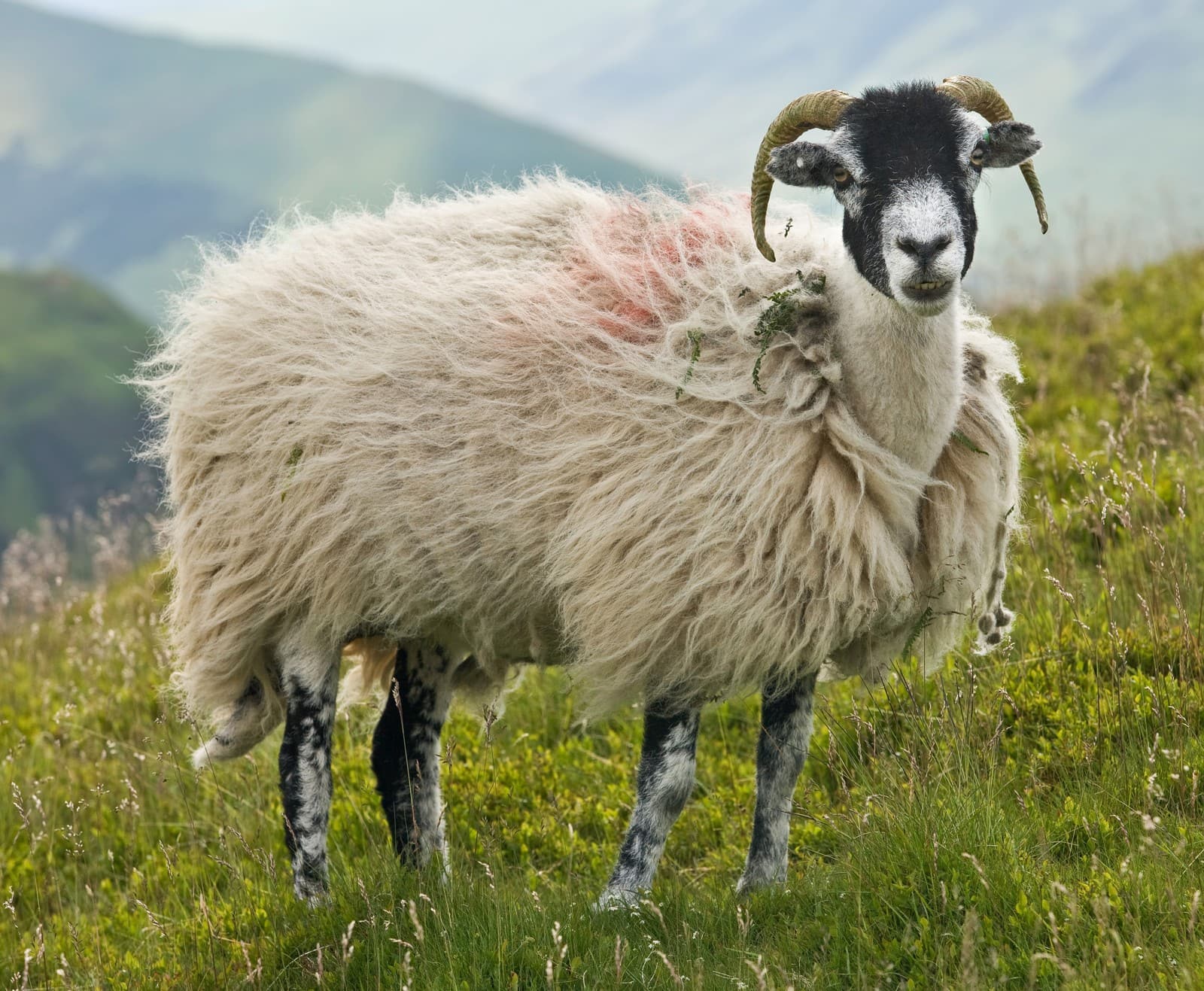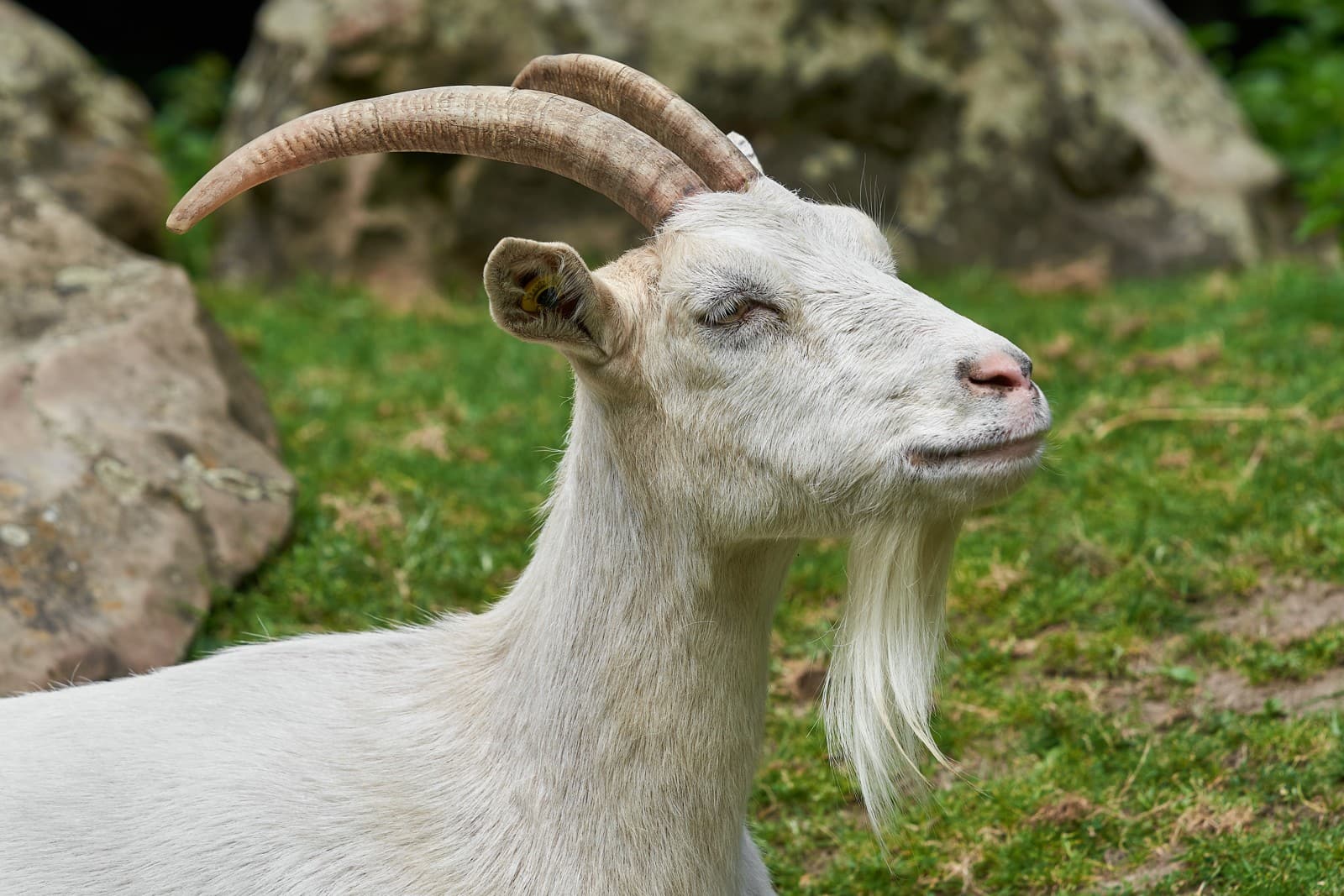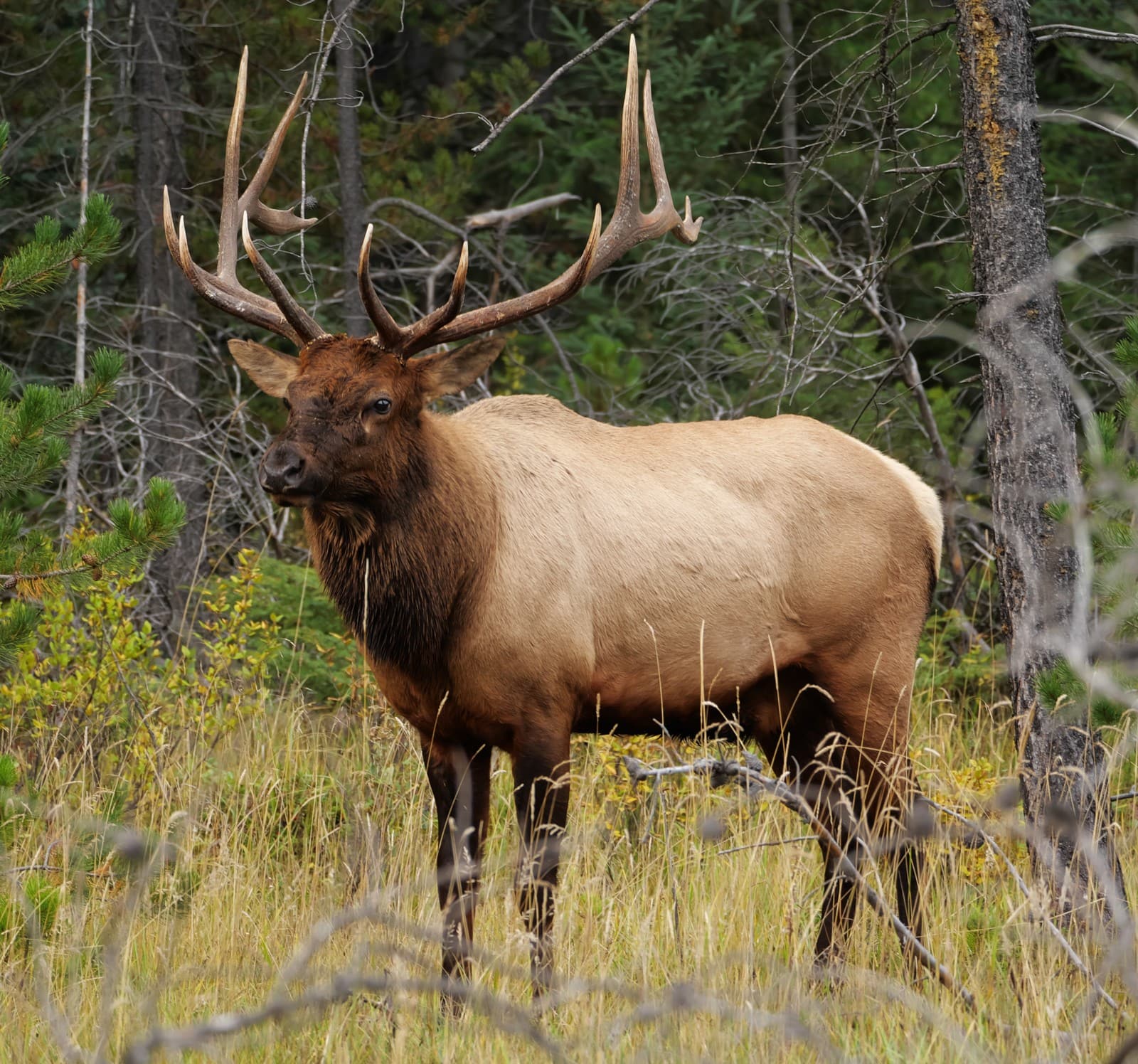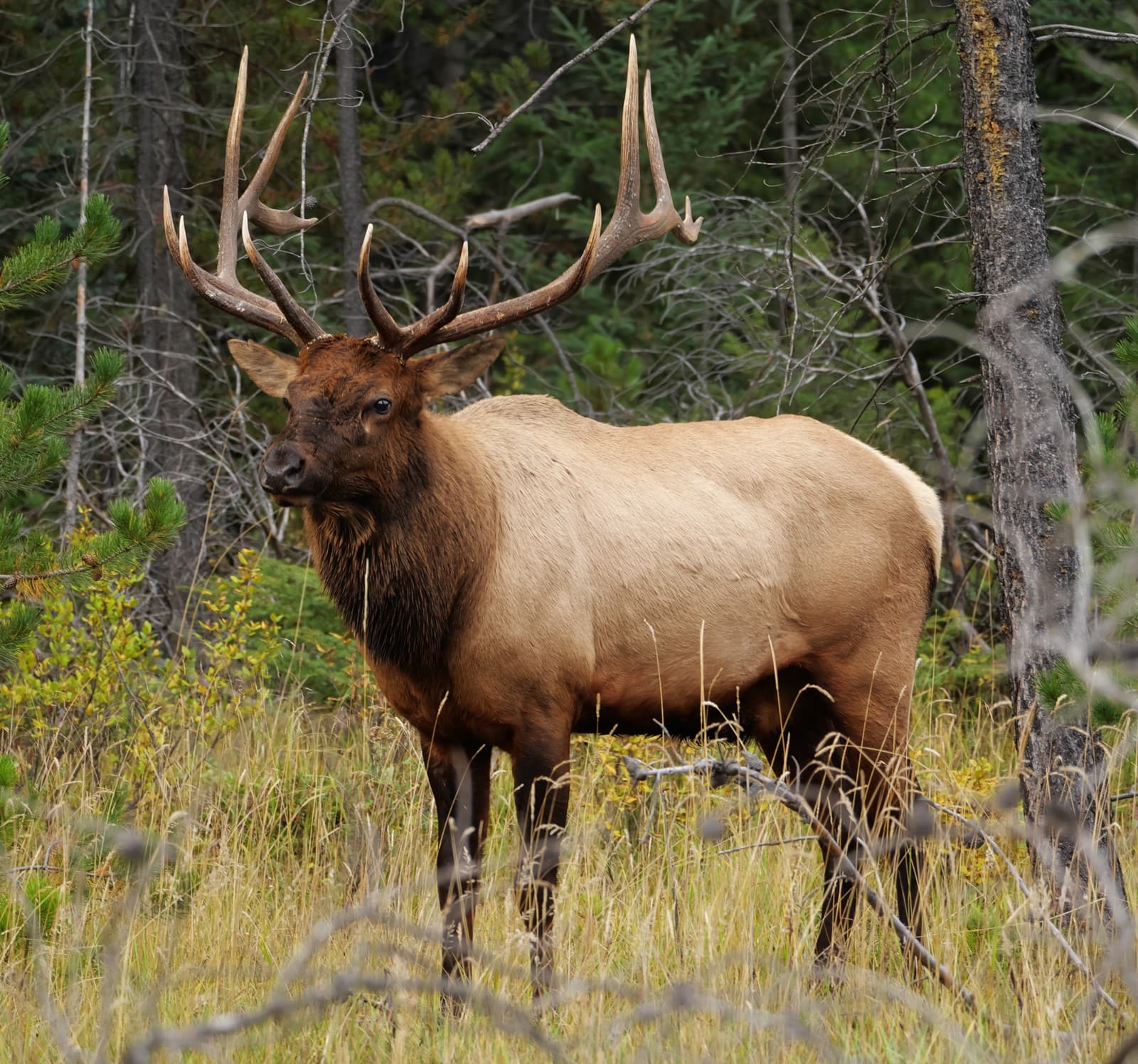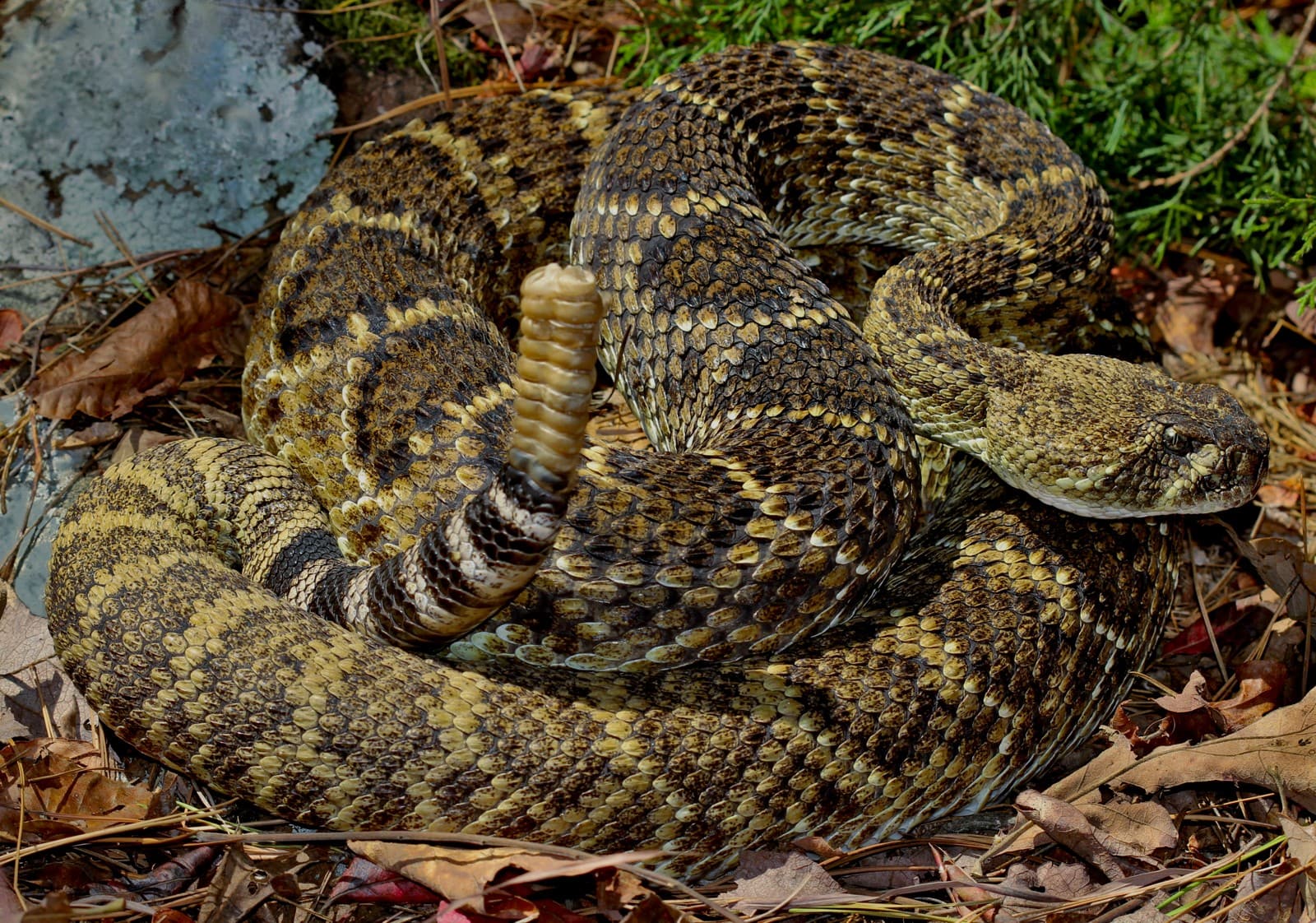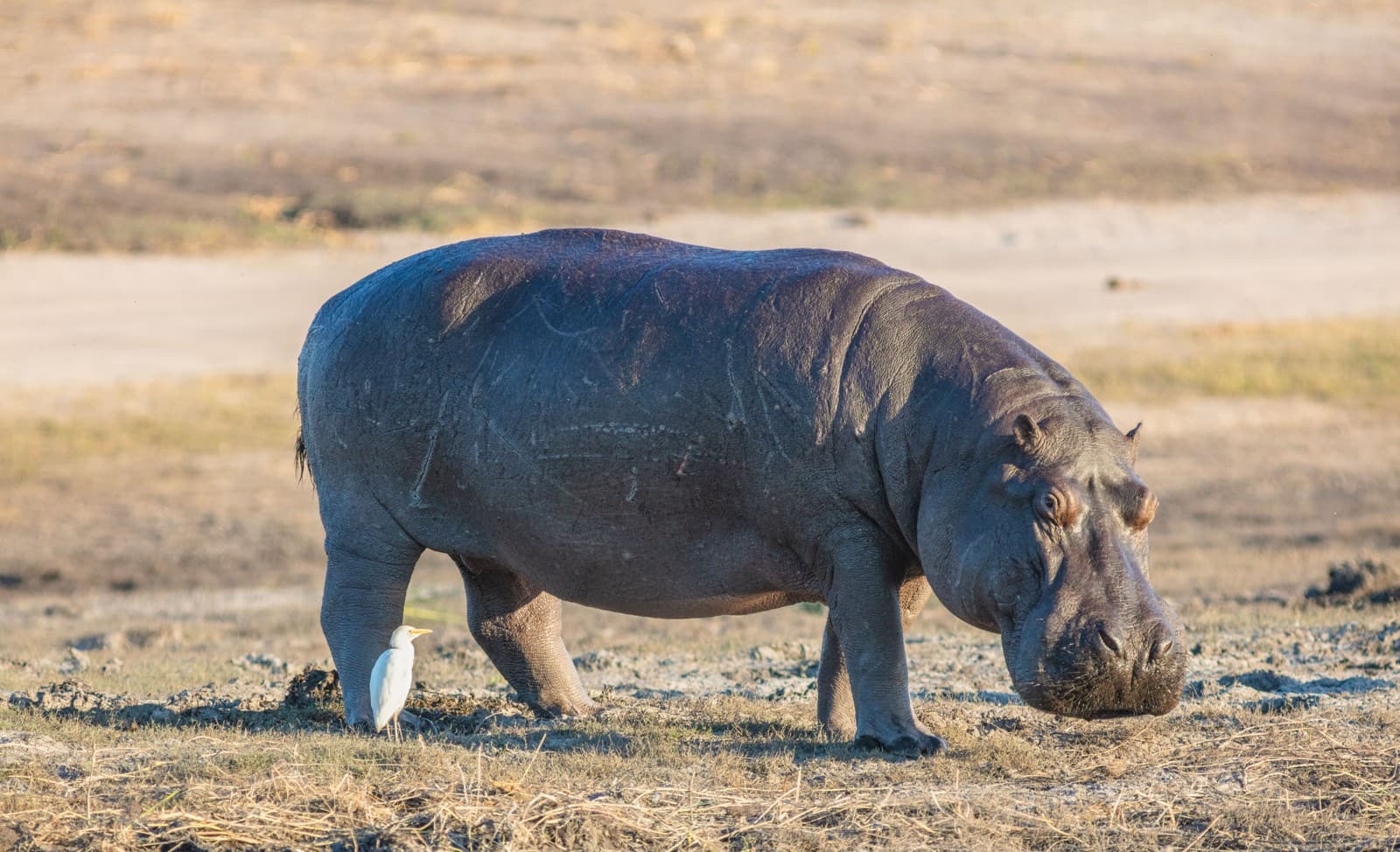Sheep vs Ram: A Complete Comparison
The primary difference between sheep and rams lies in their sex - a ram is specifically a male sheep, while “sheep” refers to the entire species (Ovis aries). Rams are distinguished by their large, curved horns which can reach lengths of 30-40 inches (76-102 cm), while female sheep (ewes) typically have smaller horns or none at all. Adult rams can weigh up to 300 pounds (136 kg), significantly more than typical female sheep at 150-200 pounds (68-91 kg).
Understanding the sheep vs ram distinction is crucial for farmers, livestock managers, and wildlife enthusiasts. Rams play a vital role in flock reproduction and demonstrate distinct behavioral patterns, particularly during breeding season when they engage in dramatic head-butting contests to establish dominance.
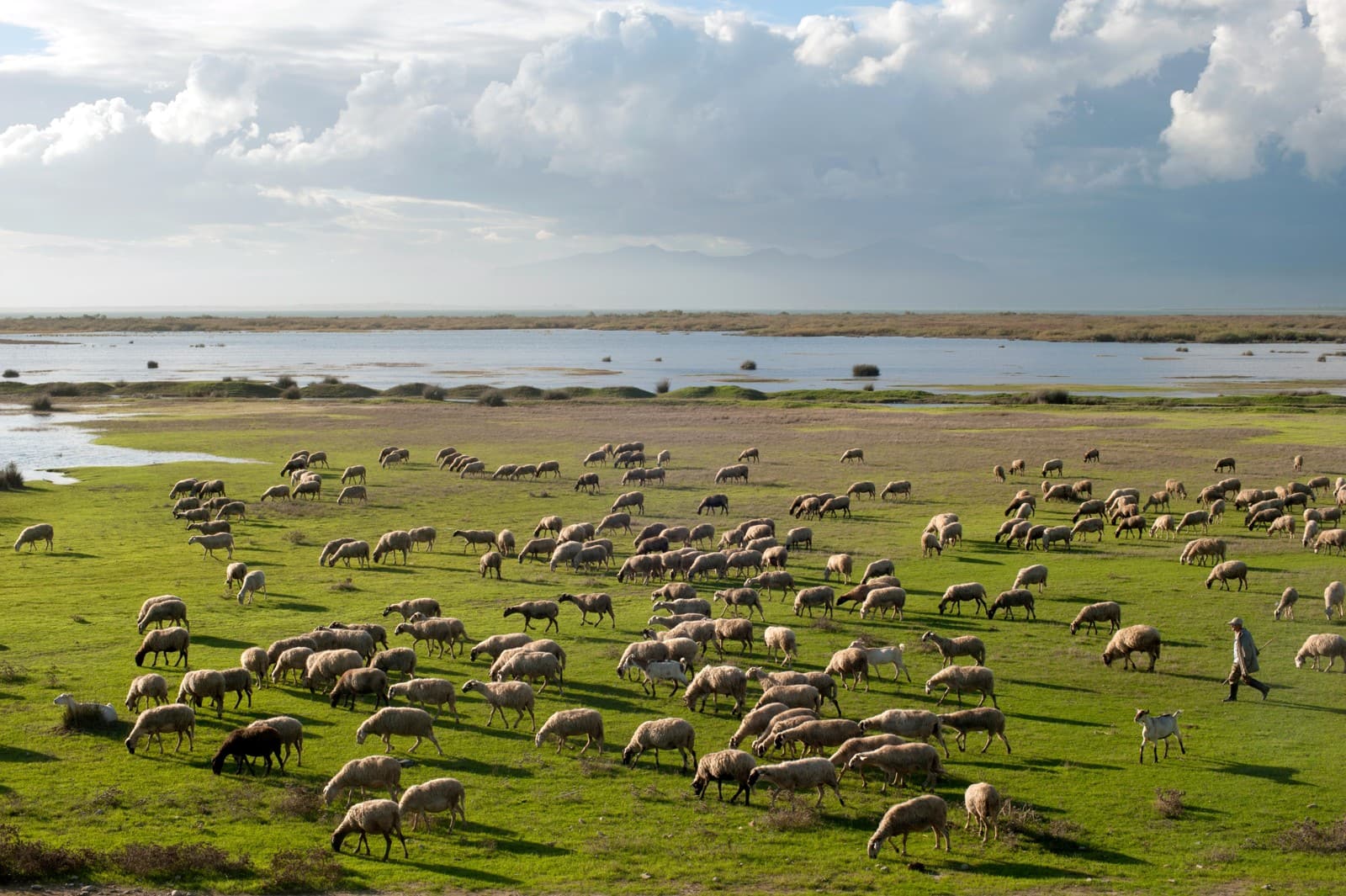
© Ggia / CC BY-SA 3.0
A typical flock of domestic sheep grazing in coastal pastureland demonstrates the social nature of these animals. Notice the absence of prominent horns in most individuals, indicating this group consists mainly of ewes and younger sheep.
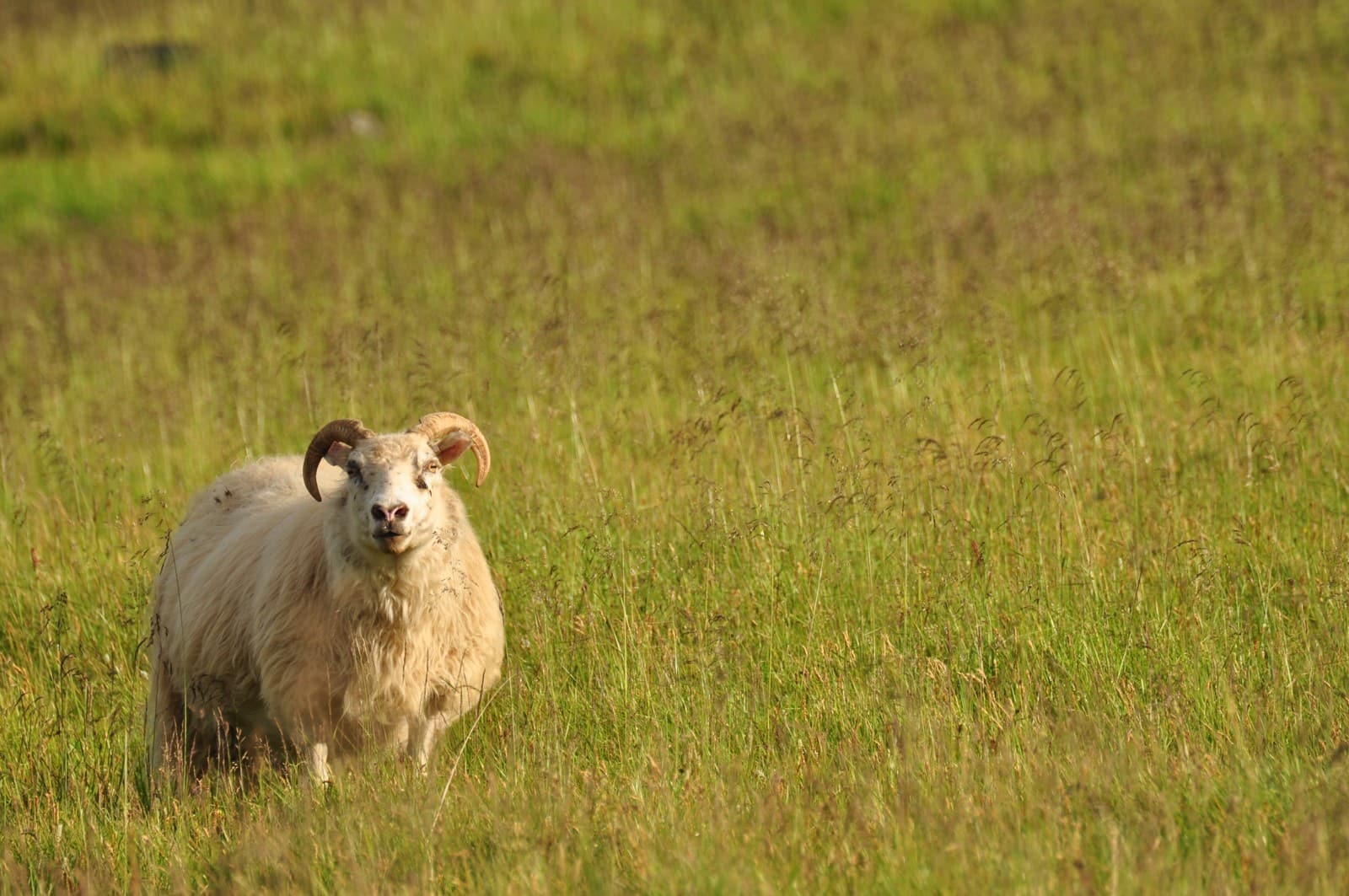
© Raffael Herrmann / CC0
An impressive Icelandic ram displaying characteristic male features including prominent curved horns and muscular build. The alert posture and confident stance are typical of mature rams.
Key Physical and Behavioral Differences
| Feature | Sheep (Ewes) | Rams |
|---|---|---|
| Weight | 150-200 lbs (68-91 kg) | 260-300 lbs (118-136 kg) |
| Horns | Usually absent or small | Large, curved, up to 40” (102 cm) |
| Behavior | Generally docile | Aggressive during breeding season |
| Neck/Shoulders | Slender build | Thick, muscular |
| Life Purpose | Wool, milk, breeding | Breeding, flock protection |
| Social Structure | Flock-oriented | Often solitary or bachelor groups |
Behavioral Characteristics
Ram Behavior
Rams exhibit distinct behavioral patterns that set them apart from female sheep. During breeding season (rut), rams demonstrate:
- Aggressive competition for mates
- Dramatic head-butting contests
- Territorial behavior
- Strong musky odor production
- Protective instincts toward their flock
General Sheep Behavior
Female sheep and non-breeding animals typically show:
- Strong flocking instincts
- Cooperative grazing patterns
- Maternal care behaviors
- Less aggressive social interactions
- Year-round group cohesion
Role in Agriculture
Rams serve specific purposes in sheep farming:
- Breeding stock selection
- Genetic improvement
- Flock protection
- Leadership within herds
General sheep populations focus on:
- Wool production
- Meat production
- Milk production (in dairy breeds)
- Sustainable grazing
- Land management
Health and Management Differences
Managing rams requires different considerations than general sheep:
- Separate housing during non-breeding seasons
- Enhanced security measures
- Specialized handling equipment
- Different nutritional requirements
- Regular horn maintenance
Common Questions About Sheep vs Rams
Can Rams Live with Regular Sheep?
Rams typically live separately from ewes except during breeding season. This separation prevents unplanned breeding and reduces aggressive behavior risks.
How Can You Tell a Ram from a Sheep?
Key identifying features of rams include:
- Larger, more muscular build
- Prominent curved horns
- Broader head and neck
- More aggressive behavior
- Distinct facial features
Are Rams More Dangerous than Regular Sheep?
Yes, rams can be more dangerous due to:
- Territorial behavior
- Breeding season aggression
- Greater size and strength
- Powerful horns
- Protective instincts
How Long Do Rams Live?
Rams typically live 10-12 years, similar to female sheep, though their productive breeding life is usually 6-8 years under proper management.
Understanding these differences between sheep and rams is essential for proper livestock management and ensures both animal welfare and productive farming operations.
